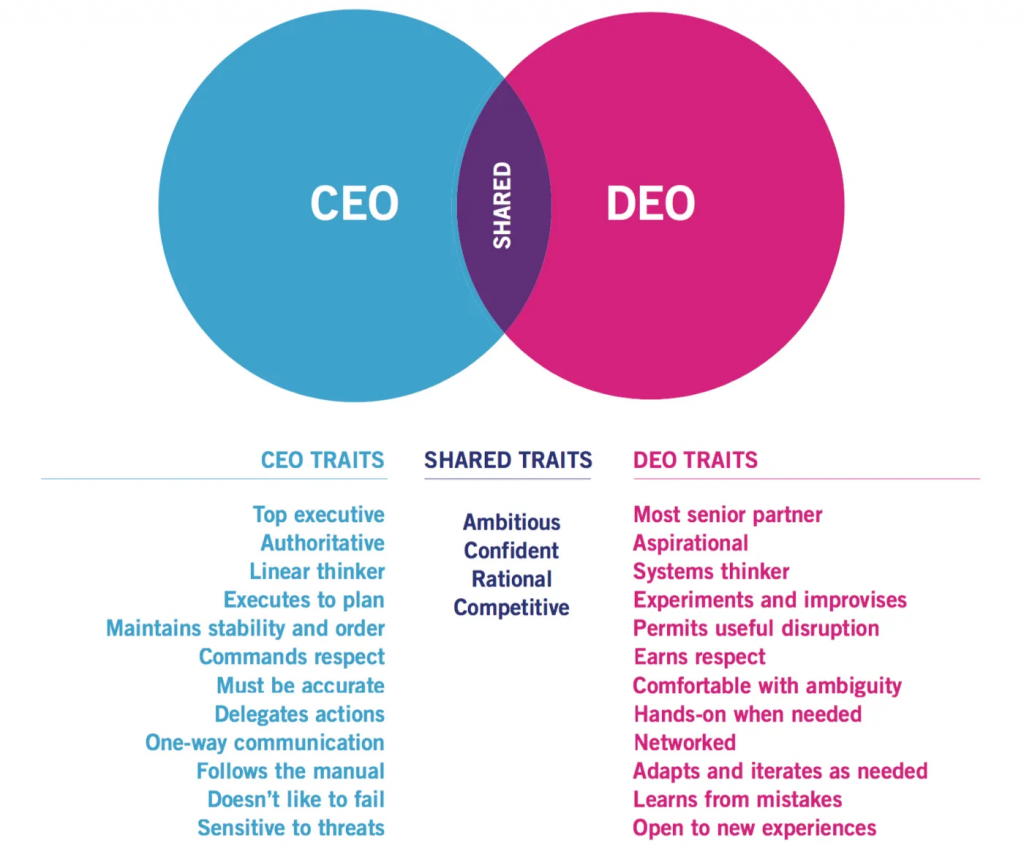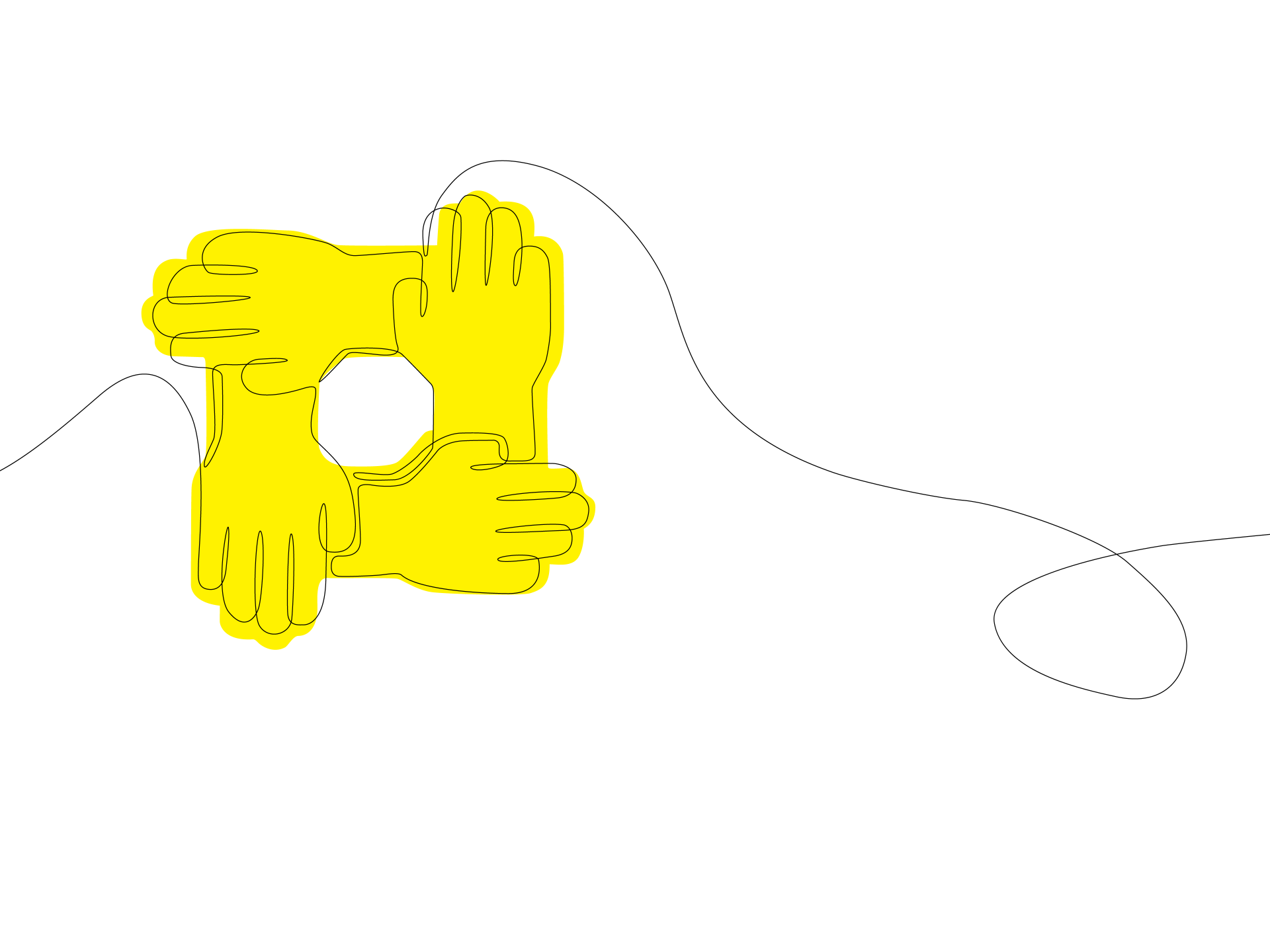Evolve your design mindset to solve the world’s most challenging business problems.
Globally, business problems are becoming increasingly complex, interconnected, and intractable. Despite many companies focusing on design as a differentiator, they don’t fully grasp what a design-led approach can accomplish. As a result, companies are investing in designers who can tell what design actions to take to improve their financial performance, leading to the birth of business design.
What is business design?
Business design boils down to two things; value capture and value creation. Value creation involves creating value for your customers based on their needs. The more value you make, the better. And value capture consists of capturing the value created and converting it into profit. All in all, it’s about mapping design efforts into direct, sustainable business impact.
So what’s the role of a business designer?
Since business designers are relatively new positions, their responsibilities vary between companies. Most business designers practice customer research, data synthesis, opportunity hunting, ideation, prototyping, testing, and road mapping. On paper, these can all sound good, but in my experience and observations from corporate clients, business designers in this day and age still fall short.
And what’s the gap with business designers today?
Suppose you are currently a business designer or intend to become one. You might be considering your designs’ impact, from turning an organization’s focus from product-centric to customer-centric to facilitating frequent design workshops to educate internal stakeholders about sustainable design. But before you smile and congratulate yourself on a job well done, I hate to say this, but you are just putting a fresh coat of paint on the walls.
Many designers with decades of professional design experience may not have the business knowledge or experience to convert design knowledge into business profits. Moreover, by managing design thinking workshops and holding design sprints in turtleneck tops, they will be seen primarily as facilitators of a team-building activity rather than genuinely committed to fostering an agile or innovative culture within the organization.
Great design is beyond form or function; it’s serious business.
As businesses adapt to the new normal, business designers need to shift beyond user experience (UX) and customer experience (CX) to the business of experience (BX). It’s time to move from focusing on how to make a product or app more customer-centric to concentrating on helping customers achieve their intrinsic goals. Here are three common mistakes business designers should avoid if needed to succeed and be treated seriously in the boardroom.
Mistake 1: Not going beyond brainstorming and sticky notes.
Design Thinking is an excellent way for companies to identify insights and think creatively about problems and systems. Unfortunately, business designers often misunderstand the process and implement them superficially.
Designers facilitate sessions with people yelling out dozens of ideas in a room and pinning them on sticky notes. At the end of these sessions, half-baked insights/concepts are often seen as formulas for success because they focus too much on ideas rather than solutions. Let’s face it, everyone in business loves recipes for success. But this insight/concept is not yet a success. It has not proved the value it creates nor got a revenue model to capture this value.
So please don’t fall into this trap of thinking that the business design part is done. On the contrary, the actual job of business design has just begun. Now is when business designers need to move beyond just designing minds to designing hands and work even closer across a company’s value chain. So start getting comfortable with revenue streams, cost structure, change management, and operational optimization processes. As highlighted in Maria Guidice and Christopher Ireland’s book: Rise of the DEO: Leadership by Design, business designers today needs to be a hybrid of strategic business executive and creative problem-solver.

Traits of CEO vs. DEO. Image credit: Rise of the DEO: Leadership by design
Mistake 2: Think design sprints = faster product commercialization
Some business designers claim they can help companies capture and create value by bringing ideas to market quickly through design sprints.
They misuse design sprints to define or decide what problem to solve and develop prototypes based on rough specs and objectives. They then show them to users periodically, progressively refine them, and then hand off “the design” to engineering for development or production.
However, these rough specifications often aren’t validated against business objectives, stakeholder requirements, or user needs. And indeed, they do not represent the most effective and qualified solutions for commercialization.
Design sprints are only effective for solving problems when you have a well-defined business challenge. To arrive at a well-defined challenge, we need time to learn enough about the issues we’re solving to make sound business decisions. This is when serious research work comes into play.
Business designers should avoid recommending design sprints as the holy grail to speed up product commercialization. It lacks scientific rigor and will only result in businesses overspending on a rudimentary solution. As the saying goes, more haste, less speed. To help companies speed up commercialization, business designers should start prescribing pretotyping, value proposition design, or lean canvassing to help companies get their offerings/solutions right from the start, so they can build them right.
The goal of pretotyping is to help you ensure that you are building The Right It before you build It right.
Mistake 3: Ego-system instead of Ecosystem
Since the advent of customer-centric design in products and services over the past decade, egos have soared among business designers. In reality, business designers are having difficulty demonstrating the value of their work, failing to commercialize design solutions in a way that would contribute to their company’s growth.
Some business designers hide behind customer-centricity mantras and tout data, proving people prefer their recommended design solutions to protect their egos. Because of their ego-system mindset, business designers care and act based on self-interest and mistake portfolio-centricity for customer-centricity. As a result, they could only confirm that people wanted the designed solution, but they failed to ensure users would pay for it.
Therefore, leave your ego at home before heading to work; if you are or plan to become a business designer. Developing a solid partner ecosystem with various functions within the company is crucial in business-model value exchanges where you need to consider multiple perspectives and needs. Utilize the design methodologies you’ve learned across cross-functional teams(i.e., R&D, sales, marketing, technology, and HR — to name a few). Make everyone play to their strengths so you can create something better than you could alone.
“If everyone is moving forward together, then success takes care of itself.” — Henry Ford
Here are some pointers to help you shift from ego-system to ecosystem-oriented business design outcomes:
- Analyze the market opportunity and addressable market for your design innovations.
- Develop new and disruptive revenue models with business stakeholders.
- Ensure every part of the business model fits the desired customer experience.
- Developing novel business models and roadmaps for go-to-market experiments.
- Communicate effectively with teams and departments across the organization to ensure the project resonates with everyone
- Seeing projects through from solution-fit and incubation up to market-scale
